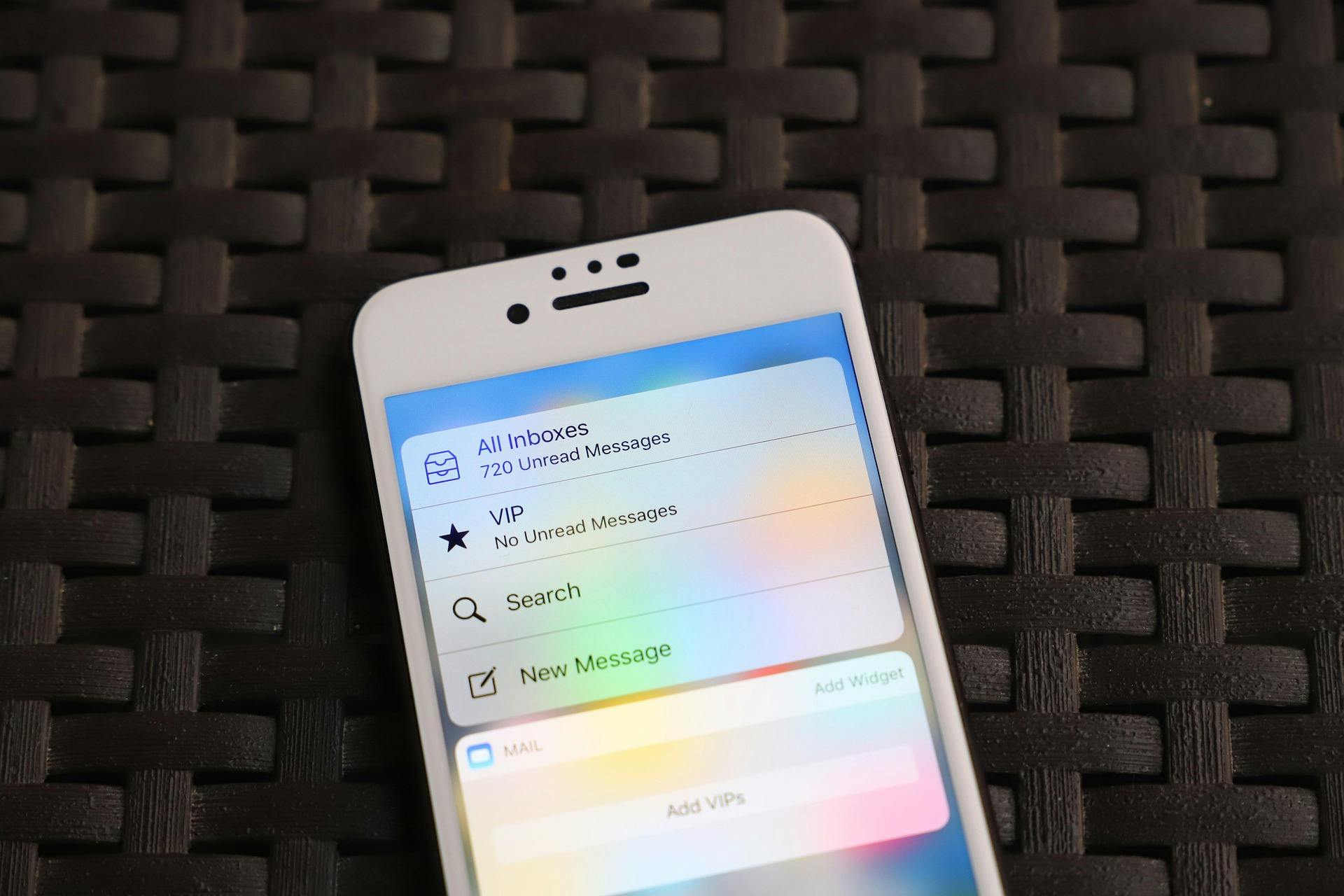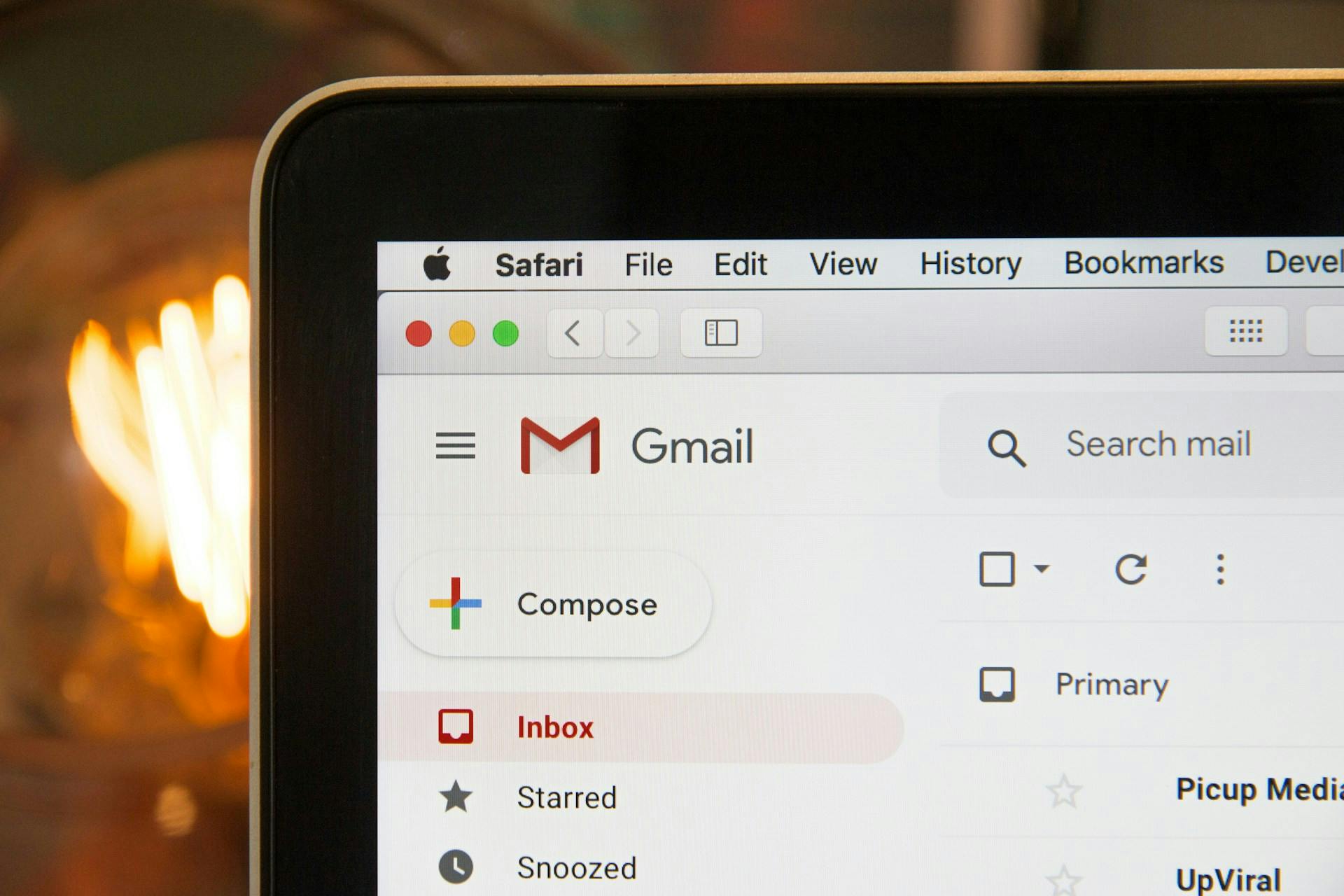
The Psychology Behind Email Engagement
Insights from Audit Data
February 20, 2025
Defining Email Engagement
Email engagement refers to how recipients interact with an email campaign, reflecting the effectiveness of the content and design. Key metrics include open rates, click-through rates, conversion rates, and unsubscribe rates. Understanding engagement provides valuable insights that help marketers refine their strategies and improve future campaigns.
High engagement signals that the content resonates with the audience, leading to increased conversions and stronger relationships. Conversely, low engagement points to areas for improvement, such as optimizing subject lines, enhancing content relevance, or adjusting timing.
By closely monitoring these metrics, marketers can craft more effective, targeted email campaigns that better align with audience preferences.
The Psychology Behind the Click
Email engagement isn’t just about catchy subject lines or eye-catching images—it’s about psychology. Every opened email, ignored message, and click tells a story. By analyzing audit data, marketers can uncover behavioral patterns that reveal what truly drives engagement.
Understanding Your Audience
Effective email engagement starts with knowing your audience—what they need, value, and expect. Segmenting users allows for personalized, relevant messaging, which significantly enhances engagement.
Identifying Audience Segments
Segmenting your email list based on demographics, behavior, and preferences enables targeted messaging. Google Analytics can provide insights into user behavior, demographics, and interests to refine segmentation. For example:
- Demographics: Age, location, and job role.
- Behavior: Purchase history, browsing behavior, or past interactions with emails.
- Engagement Level: Frequency of email interactions and past conversion history.
Behavioral Segmentation Strategies
- Create Buyer Personas: Understand audience motivations.
- Segment by Behavior: Group users based on engagement levels.
- Track Interactions: Use analytics to see how subscribers interact with content.
- Address Pain Points: Provide solutions through relevant content.
- Tailor Offers: Like Sephora’s VIP rewards program, use engagement data to send personalized offers.
By leveraging audience insights, email content becomes more meaningful and impactful.
Emotional Triggers in Email Engagement
Human emotions influence inbox behavior. Curiosity, urgency, and trust play key roles in whether an email is opened or ignored. By studying engagement metrics, marketers can determine which emotional triggers resonate most with their audience.
Key Emotional Triggers:
- Curiosity: Subject lines that spark intrigue (“You Won’t Believe What We Found”).
- Urgency & FOMO: Limited-time offers create urgency.
- Trust: Personalized, authentic messaging builds long-term relationships.
Crafting Engaging Email Content
A compelling email doesn’t just deliver information—it tells a story that resonates with readers. Click-through rates help measure how effectively content encourages interaction.
Elements of High-Performing Emails:
- Strong Subject Lines: The first touchpoint that determines open rates.
- Storytelling: Narratives that align with audience values.
- Urgency & Scarcity: Time-sensitive offers encourage action.
- Social Proof: Testimonials and case studies build credibility.
- Mobile Optimization: Ensuring emails are easy to read on all devices.
Personalization: A Must-Have Strategy

Generic emails no longer cut through inbox clutter. Personalization is now expected. Addressing recipients by name and curating content based on past behavior drives higher engagement.
Levels of Personalization:
- Basic: Using names, job titles, or company details.
- Intermediate: Tailoring offers based on demographics or location.
- Advanced: Behavioral segmentation based on past interactions.
Effective personalization creates an email journey that feels tailored to each subscriber, leading to better engagement and conversions.
Subject Lines: The First Psychological Touchpoint
The subject line is the first thing recipients see and directly impacts open rates. Evaluating bounce rates helps determine if subject lines are compelling enough to maintain engagement.
Subject Line Best Practices:
- Questions: “Are You Making These Common Mistakes?”
- Numbered Lists: “5 Ways to Improve Your Morning Routine”
- Personalization: “[Name], We Have Something Special for You!”
- Urgency Cues: “Last Chance! Your Exclusive Offer Ends Tonight!”
Testing different subject line styles can help identify the most effective approach for your audience.
Cognitive Load and Readability
Cognitive load refers to the mental effort required to process information. Overly complex or lengthy emails can overwhelm readers, leading to lower engagement. Simplicity and clarity improve retention.
How to Reduce Cognitive Load:
- Use short, concise paragraphs.
- Break up content with bullet points.
- Ensure clear and compelling calls-to-action (CTAs).
- Add whitespace to enhance readability.
Well-structured emails allow for quick scanning, leading to better click-through rates.
Timing & Frequency: Finding the Sweet Spot
When and how often you send emails significantly impacts engagement. Sending too frequently causes email fatigue, while infrequent emails lead to audience disengagement.
Audit Data Insights:
- Best Send Times: Mid-morning and mid-week perform best.
- Optimal Frequency: Weekly emails outperform daily or monthly ones.
- A/B Testing: Experimenting with different times ensures the best engagement for your audience.
Key Email Engagement Metrics
To measure engagement, marketers track:
- Open Rates: Gauges subject line effectiveness.
- Click-Through Rates (CTR): Measures content relevance.
- Conversion Rates: Tracks campaign success.
- Bounce Rates: Indicates list quality and deliverability.
- Unsubscribe Rates: Signals content mismatch.
Monitoring these metrics helps refine email strategies for sustained improvement.
Avoiding Common Email Marketing Mistakes
Even the best campaigns can fail due to common mistakes. Here’s how to avoid them:
Mistakes to Avoid:
- Weak Subject Lines: Ensure clarity and avoid spammy language.
- Lack of Personalization: Tailor content to individual users.
- Poor List Segmentation: Send targeted, relevant emails instead of generic blasts.
- Ignoring Social Proof: Use testimonials to build trust.
- Overloading with Images & Links: Optimize for fast loading across devices.
By sidestepping these pitfalls, marketers can create emails that engage and convert.
Measuring & Refining for Long-Term Success
The psychology of email engagement isn’t static—it evolves with audience behavior. Regular audits help marketers refine their approach based on real-time data.
Key Areas to Monitor:
- Open Rates: Are subject lines effective?
- CTR: Is the content relevant?
- Conversion Rates: Are emails driving actions?
- Bounce Rates: Is your list clean?
- Unsubscribes: Is content aligned with audience expectations?
Continuous optimization ensures that email marketing remains a powerful tool for engagement and conversion.
Conclusion
Understanding the psychology behind email engagement transforms email marketing from guesswork into a data-driven science. By leveraging emotional triggers, personalization, optimal timing, and compelling design, marketers can craft campaigns that not only capture attention but also foster deeper connections with their audience.
Emotional cues like curiosity, urgency, and trust influence open rates, while personalization ensures content feels relevant and valuable. Strategic timing maximizes visibility, and a well-structured design enhances readability.
Want to optimize your email marketing? Conduct an email marketing audit today to uncover hidden opportunities, refine your approach, and transform your campaigns into powerful tools for success!

